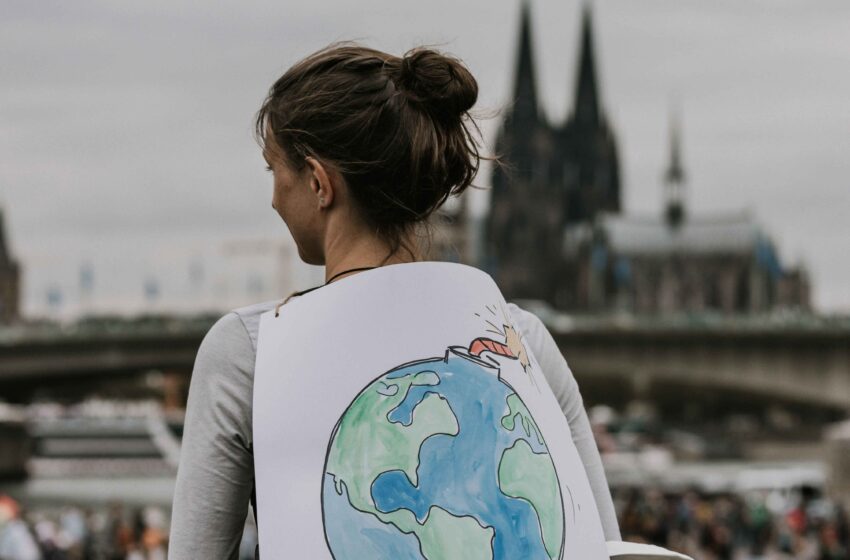
12 Cities Leading the Way in Climate Action and Clean Energy
How urban innovation is driving the global shift toward sustainability—and what the future holds.
Cities are at the frontline of climate change. Hosting over 55% of the world’s population and producing nearly 70% of global carbon emissions (UN Habitat, 2023), they wield enormous influence in the fight against environmental degradation. But while the challenge is massive, some cities have emerged as shining beacons of hope—champions of climate action, renewable energy adoption, and sustainable urban living.
By 2030, these cities are projected to reduce their carbon footprints by up to 50%, setting examples that others strive to follow. Let’s explore 12 urban leaders pioneering the clean energy revolution and climate resilience efforts, blending bold policy, technology, and community engagement.
1. Copenhagen, Denmark
Did you know? Copenhagen aims to become the world’s first carbon-neutral capital by 2025. The city’s extensive bike lanes, wind farms, and district heating systems have helped cut emissions by 42% since 2005.
Their ambitious climate plan includes investing heavily in offshore wind energy, expected to power 100% of Copenhagen’s electricity by 2030.
2. Singapore
Despite its small size, Singapore packs a punch in climate innovation. The city-state uses cutting-edge technologies such as vertical gardens and smart sensors to monitor energy use.
Singapore’s SolarNova program aims to deploy 350 MW of solar capacity by 2025, enough to power over 100,000 homes.
3. Vancouver, Canada
Vancouver targets a net-zero carbon future by 2050 and has already achieved 100% renewable electricity in the city. The city’s “Greenest City Action Plan” focuses on energy-efficient buildings, electric public transit, and zero-waste policies.
4. Amsterdam, Netherlands
Amsterdam is pioneering circular economy principles, encouraging reuse and recycling to minimize waste. Its “Energy Neighborhoods” initiative helps residents generate and share renewable energy locally.
5. Stockholm, Sweden
Stockholm’s carbon emissions have dropped by 25% since 2010, thanks to investments in biofuels, electrified public transit, and efficient district heating.
The city also promotes green spaces and urban forests, improving air quality and residents’ well-being.
6. San Francisco, USA
San Francisco’s aggressive climate policies include a ban on new gas-powered vehicles by 2030 and mandates for zero waste. The city sources over 90% of its electricity from renewables.
7. Reykjavik, Iceland
Fueled by abundant geothermal energy, Reykjavik generates nearly 100% of its electricity and heating from renewables. This clean energy access supports a high standard of living with minimal environmental impact.
8. Melbourne, Australia
Melbourne integrates climate resilience into urban planning, focusing on green infrastructure to combat heatwaves and flooding. The city’s Renewable Energy Target of 100% by 2030 reflects its commitment to sustainability.
9. Tokyo, Japan
Tokyo is leveraging smart city technologies to optimize energy use, including advanced grid management and AI-driven energy conservation programs.
Despite being a megacity, Tokyo has reduced carbon emissions by 15% since 2000.
10. Oslo, Norway
Oslo’s robust policies include incentives for electric vehicles (EVs), with over 80% of new cars sold being electric in 2024. The city also plans to cut carbon emissions by 95% by 2030 compared to 1990 levels.
11. Berlin, Germany
Berlin has embraced renewable energy, with wind and solar projects supplying over 50% of the city’s electricity. Its commitment to energy-efficient buildings and public transport modernization contributes significantly to emissions reduction.
12. Dubai, UAE
Dubai’s ambitious Clean Energy Strategy 2050 targets 75% clean energy in its total power mix by 2050. The city hosts the Mohammed bin Rashid Al Maktoum Solar Park, one of the largest solar parks in the world, with a planned capacity of 5,000 MW by 2030.
Key Insights and Trivia
- Did you know? The average urban resident’s carbon footprint can be up to 40% lower than rural residents, thanks to efficiencies in transport, housing, and energy use (International Energy Agency, 2022).
- Cities like Copenhagen and Vancouver demonstrate that aggressive policy and citizen engagement can yield rapid emissions declines without sacrificing economic growth.
- Renewable energy jobs in these leading cities are booming. For instance, solar industry employment in Dubai increased by 30% annually between 2020 and 2023.
Why Cities Matter in Climate Action
Urban centers are not only emission hotspots but also innovation hubs. Their dense populations allow for efficient infrastructure deployment—from mass transit to district heating—and concentrated investments in technology.
Furthermore, cities can set bold climate policies often faster than national governments, influencing regional and global agendas.
The Road Ahead
By 2030, these cities aim to prove that sustainability and prosperity are not mutually exclusive. Their journeys highlight the critical role of policy, technology, and community participation in combating climate change.
With ongoing innovation in clean energy, smart grids, and urban design, cities will continue to lead the way—showing the rest of the world that the path to a low-carbon future is both feasible and desirable.
UN Habitat Global Urban Emissions Report, 2023
Sources:
International Energy Agency, Urban Energy Efficiency, 2022
World Economic Forum, Cities and Climate Action Report, 2024
Copenhagen Climate Plan, 2023
Singapore SolarNova Initiative, 2024
Vancouver Greenest City Action Plan, 2023
Dubai Clean Energy Strategy 2050






